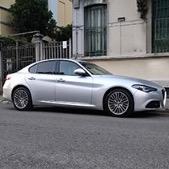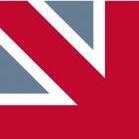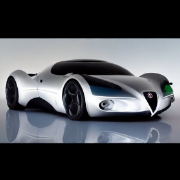Porsche 911 Carrera e Carrera S Facelift 2016
-
Contenuti simili
-
- 21 risposte
- 4295 visite
-
- 41 risposte
- 7178 visite
-
Porsche 911 GT3 & GT3 Touring Facelift 2025 1 2
Pubblicato da Osv,
- 911
- 911 gt3 2025
- (e 7 altri in più)
- 11 risposte
- 1324 visite
-
-
-





.thumb.jpg.902d2a4f20a129e92b6f6920407b81bd.jpg)







.thumb.jpg.46228d717c405acd43b45b79fddce6a4.jpg)








Messaggi Raccomandati:
Crea un account o accedi per lasciare un commento
Devi essere iscritto per commentare e visualizzare le sezioni protette!
Crea un account
Iscriviti nella nostra community. È facile!
Registra un nuovo accountAccedi
Sei già registrato? Accedi qui.
Accedi Ora